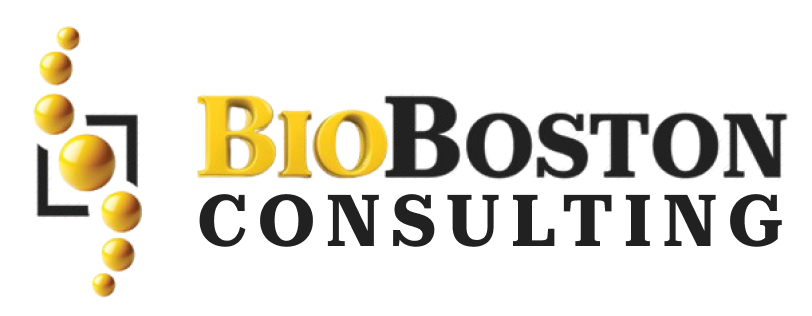A thorough literature search plays a critical role in ensuring the safety and efficacy of medical devices. It is an essential part of clinical evaluation and post-market surveillance, helping to provide high-quality references and identify any gaps in existing research. Whether you are gathering data for evidence-based guidelines, completing a research phase, or participating in an academic review, performing a comprehensive literature search helps you frame the research question and identify areas needing further investigation.
What Makes a Literature Search Crucial for Medical Devices?
For medical device manufacturers, conducting a literature search is one of the primary methods for gathering clinical data throughout the device’s development and subsequent clinical evaluations. This data is integral to demonstrating the device’s safety and effectiveness. Furthermore, a well-executed literature review is a requirement under the European Medical Device Regulation (EU MDR 2017/745) to obtain or maintain CE marking.
The Role of Literature Reviews in Clinical Evaluations
In the context of medical devices, a literature search is essential to compiling the Clinical Evaluation Report (CER), which assesses the benefit-risk profile of a device and ensures its continued compliance. A CER is a critical document that confirms the medical device aligns with the requirements of the EU MDR. It includes a detailed review of the available literature to highlight relevant clinical data, demonstrating how the device performs in the market.
Why a Strong Literature Search Is Vital for Medical Device Manufacturers
The value of a well-conducted literature review extends beyond compliance with regulatory requirements. It provides the context for understanding the medical condition or disease a device aims to address, the proposed solution, and the intervention’s performance. Whether the device is still in development or already marketed, the literature review ensures that manufacturers have access to the most relevant, evidence-based information.
Additionally, clinical data derived from literature searches can be invaluable when updating a device’s Clinical Evaluation Report, assisting manufacturers in meeting post-market surveillance and clinical follow-up requirements.
How a Comprehensive Literature Search Enhances Other Key Medical Device Processes
- Medical Device Development: Throughout the development cycle, a literature search provides insight into prior research and informs the R&D process. It allows manufacturers to understand where their device fits in the current market landscape, and it aids in convincing stakeholders, such as investors or healthcare professionals, of its potential value.
- Post-Market Surveillance (PMS) and Post-Market Clinical Follow-Up (PMCF): A literature review can also significantly enhance post-market surveillance activities. By assessing existing clinical data, manufacturers can identify new risks, assess long-term performance, and ensure the benefit-risk ratio remains favorable.
- Regulatory Compliance and CE Marking: To achieve CE marking and maintain regulatory compliance, manufacturers need evidence of a comprehensive literature review. The review not only assesses the device’s safety and performance but also supports claims made about its benefits. Regulatory authorities rely on this data to make informed decisions regarding market approval.
Practical Tips for Efficient Literature Search in Medical Device Clinical Evaluations
- Define Clear Search Terms: Start by being clear about the research topic and generate key terms that accurately reflect your inquiry. Consider synonyms, alternative terminologies, and spelling variations. These considerations ensure a thorough review of available literature.
- Use Boolean Operators: Employ Boolean operators like AND, OR, and NOT to refine or expand your search. This makes the process more efficient and ensures you get relevant results.
- Choose Databases Wisely: Each database operates differently and may offer varying results. For regulatory compliance under EU MDR, it is essential to use databases that provide comprehensive global results, especially with an EU focus.
- Document Your Search Process: Keep a record of your search strategy, including the databases used, search terms, date of the search, and any filters applied. This helps avoid duplication and provides clarity if the search needs to be replicated later.
- Leverage Artificial Intelligence: AI and machine learning tools can significantly enhance the efficiency of literature reviews. These technologies automate data extraction and bias assessment and provide advanced tools like data visualization and meta-analysis.
Challenges in Literature Search and How to Overcome Them
While a literature review is essential, it can sometimes be challenging to get the expected results. Misframing research questions, incorrect search terms, or the wrong databases can lead to irrelevant findings. The key to success is thorough preparation, strategic planning, and using the right tools.
Conclusion: Enhancing Medical Device Development and Regulatory Compliance Through Literature Reviews
A well-organized and systematic literature search not only aids in the development of a medical device but is also crucial for maintaining regulatory compliance and ensuring ongoing patient safety. It is an invaluable tool in both the pre-market and post-market stages of medical device evaluation.
Ready to streamline your medical device clinical evaluations and literature review process? At BioBoston Consulting, we offer expert support in navigating the complex landscape of medical device regulations and clinical evaluations. With years of experience in regulatory compliance, clinical data analysis, and evidence-based strategies, we can help optimize your device development process. Book an appointment today to learn more about how we can assist with your literature search and ensure your device’s success in the market.

